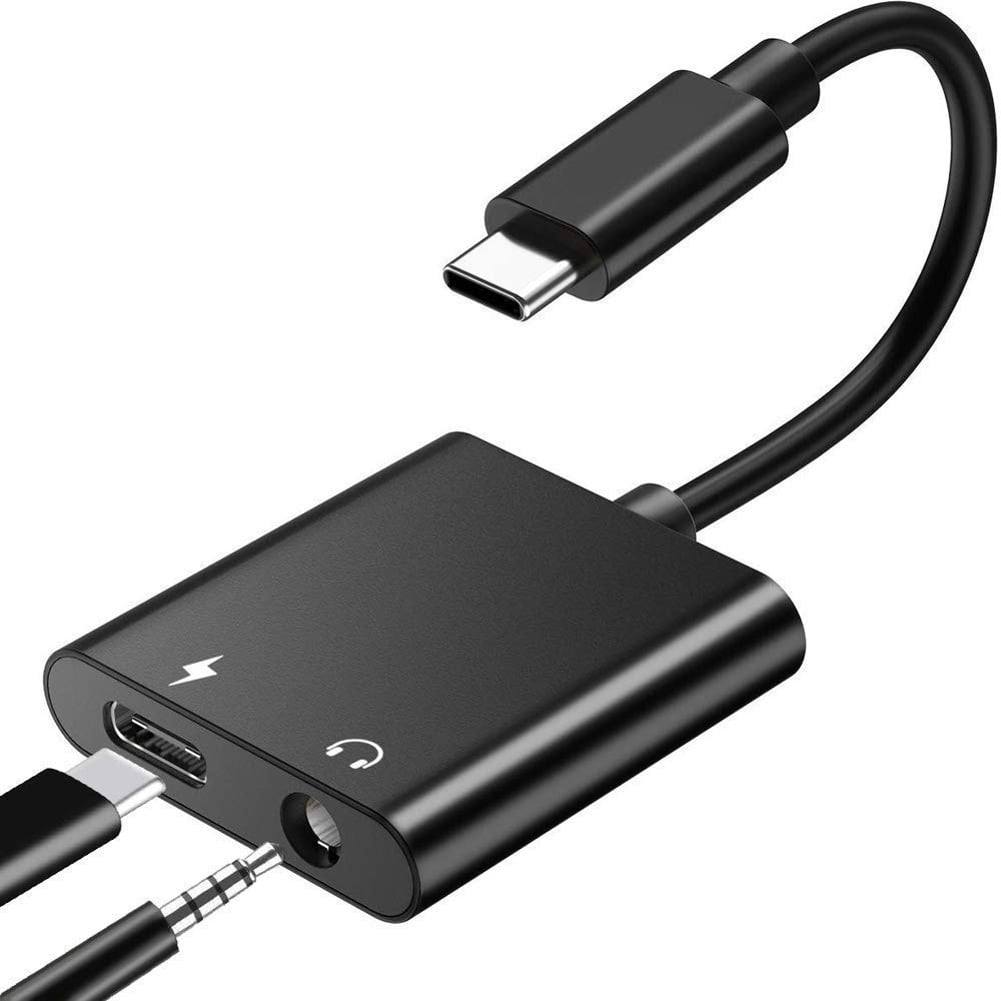

What not a lot of people realize is that the headphone socket also supplies a tiny amount of power. It also sports a surprisingly robust three-channel communication interface: One channel in (for the microphone) and two channels out (for the left and right stereo channel). If you’re recording something live, such as a podcast, it’s also far simpler to turn down the volume on a physical gain dial than it is to figure that out later in your recording software.For next to no money, intrepid hackers can buy a development pack to start hacking with the headphone socket.

It’s helpful if you’re switching from a boisterous speaker to a soft-spoken one, say, or from a lullaby to an aria.

Many of those pricier options offer high-definition audio recording, but according to our experts and our tests, most people can’t tell the difference in the results. Some microphones made for voice and music professionals cost more than twice that. Among the models we looked at, a majority of the microphones with our desired features, the highest recommendations, and broadly positive reviews fall between $60 and $100. Price under or around $100: Because a USB mic exists in the realm between built-in recording and the expensive world of studio-level microphones, the price should be in that middle range, too.


 0 kommentar(er)
0 kommentar(er)
